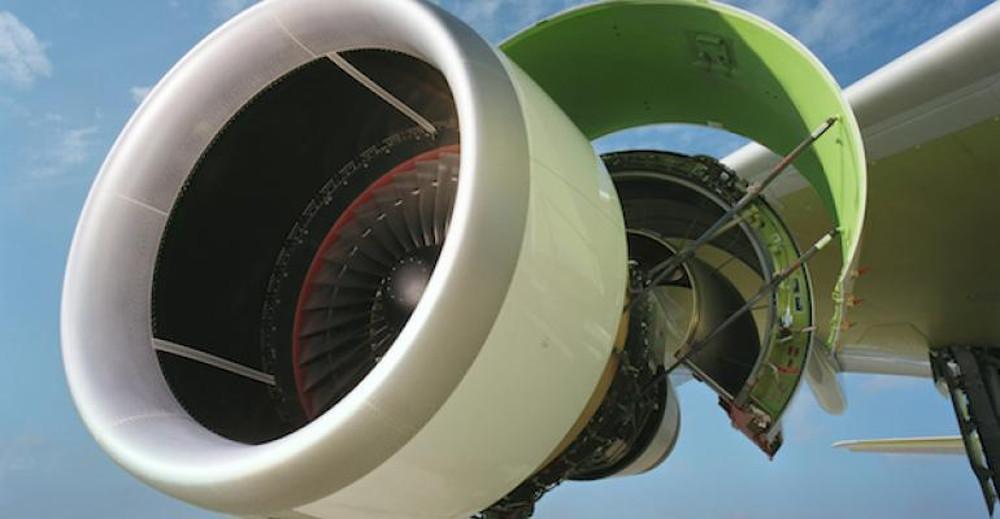
The spasmodic imposition of national lockdowns and country-by-country travel restrictions has been a disaster for airline planners.
In particular, it has made it hard for them to forecast how many aircraft will be needed even over short horizons, which then feeds into a dilemma of how many aircraft should be kept in various states of storage.
Near the start of the COVID-19 pandemic, many carriers were keeping significant numbers of idled aircraft ready for a swift return to service once demand emerged again, and many aircraft are still out of storage but not in active service.
This halfway house creates unique preservation demands that airlines around the world have responded to in different ways.
“Some customers opted to place their engines into long-term storage, while others have decided to rotate their fleets in and out of service, changing the level of preservation and maintenance required,” Mike Hoffmeister, GE Aviation customer & product support general manager, tells the Engine Yearbook.
For example, United Airlines approached a boat supplier in its Chicago hometown about customizing engine covers that boaters use to protect their small watercraft.
The U.S. carrier employed an extensive active-storage strategy that had about half of the 515 aircraft it had in storage at its peak period of inactivity buttoned up, but serviced weekly as if they were flying the line.
Such plans mean that engines can be parked with little preparation time beyond covering all holes and gaps, but the tradeoff is a significant amount of regular upkeep.
To find out more about the different approaches to engine storage and preservation during the pandemic, see the forthcoming Engine Yearbook 2021.





